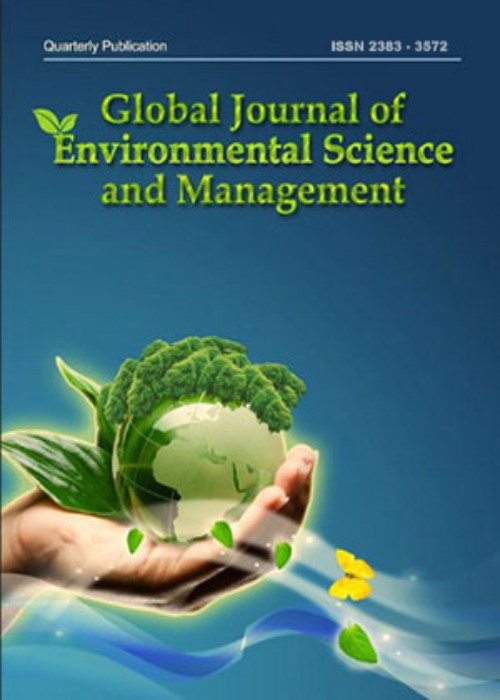Characteristics and combustion kinetics of fuel pellets composed of waste of polyethylene terephthalate and biomass
The needs of fuel pellets from varied feed stocks have opened up opportunities and challenges for pellets production from non-woody biomass. Wastes of plastic recycling and wood sawing contained a high potential for energy source and suited for pelletizing as a solid fuel.
The characteristics and combustion kinetics of fuel pellets made using a mixture of waste of polyethylene terephthalate and biomass (Tectona grandis Linn.f) with a polyethylene terephthalate to biomass ratio of 9:1. The investigation covered physico-chemical properties and their functional group analysis, heavy metal concentration and ionic leachability testing, and ash analysis. In this context, thermogravimetric analysis was used in an atmosphere of oxygen gas, over a temperature range of 50-800 °C and at different heating rates. The work ends with discussion of the kinetics study via three comparative evaluations and the feasibility of fuel pellets for energy utilization.
Pelletizing with this ratio (9:1) was present the durability of PET/biomass pellets, a uniform dimension, ease handling, storage, and transportation common as woody pellets. Some technical challenges such as low moisture content and high volatile matter content were feedstock dependent. The major characteristics were a combination of those from both the constituent materials. Functional groups of the pellets were contributed by terephthalate and lignocellulose. The addition of a small amount of biomass in pellets could improve their thermal decomposition behavior. The properties of the polyethylene terephthalate/biomass pellets indicated that were fit for combustion with a high heating value equal to 19.20 MJ/kg. Heavy metals and ionic contaminants were below the maximum limits of the standards because of the cleanliness of the raw materials. However, the minor effects of earth materials and a caustic soda detergent were resulted in the alteration of residue chemicals. The pellets had lower ignition, devolatilization, and burnout temperatures than the original polyethylene terephthalate waste; likewise, the peak and burnout temperatures shifted to a lower zone. The activation energy values obtained using the Kissinger-Akahira-Sunose, Ozawa-Flynn-Wall, and Starink models were similar and in the range 142–146 kJ/mol.
These findings may provide crucial information on fuel pellets from blended polyethylene terephthalate/biomass to assist the design and operation of a co-combustion system with traditional solid fuels. Such modifications of fuel pellets suggest the possibility of operating in large-scale furnace applications and can further be upgraded to other fuels production via modern bioenergy conversion processes.
- حق عضویت دریافتی صرف حمایت از نشریات عضو و نگهداری، تکمیل و توسعه مگیران میشود.
- پرداخت حق اشتراک و دانلود مقالات اجازه بازنشر آن در سایر رسانههای چاپی و دیجیتال را به کاربر نمیدهد.


